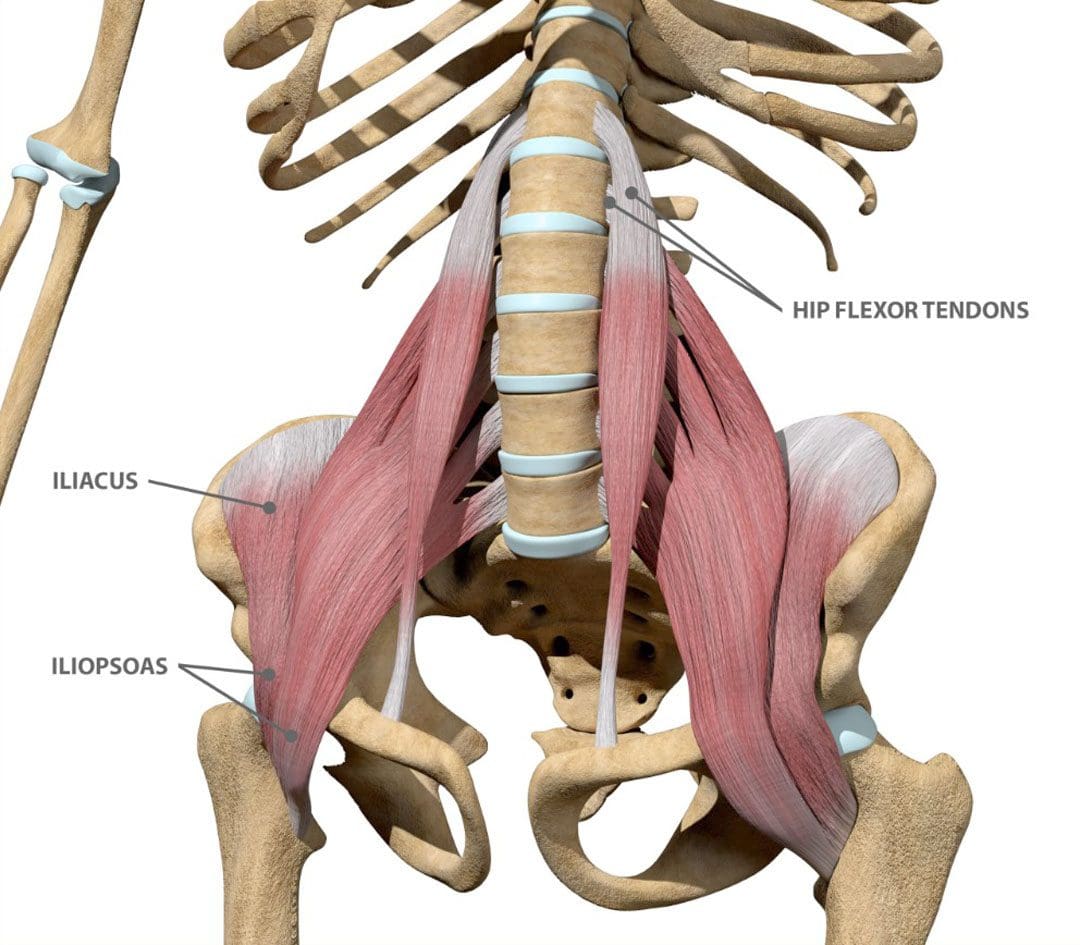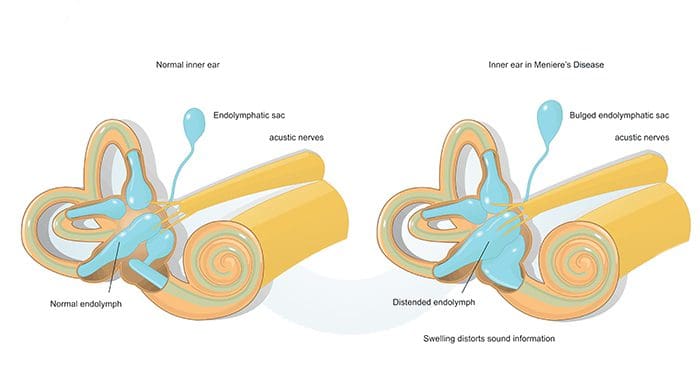
Understanding Iliopsoas Syndrome: Symptoms & Causes
Individuals suffering from hip, thigh, and/or groin pain could be experiencing iliopsoas syndrome. Could knowing the symptoms and causes help in diagnosis and treatment?

Iliopsoas Syndrome
Iliopsoas syndrome encompasses several conditions that affect the inner hip muscle and can cause hip and thigh pain. The muscle helps to bend the leg toward the body.
- The condition is usually caused by overuse injuries and commonly affects individuals who perform repeated hip flexion movements, like cyclists, gymnasts, dancers, runners, and soccer players. (Liran Lifshitz, et al., 2020)
- The term is often used interchangeably with psoas syndrome, iliopsoas tendonitis, snapping hip syndrome, and iliopsoas bursitis. However, there are clinical differences.
Symptoms
Symptoms include: (American Association of Hip and Knee Surgeons. 2020)
- Tenderness in the hip and groin area.
- Hip or groin clicking or snapping that can be heard and/or felt during movement.
- Pain and/or stiffness in the hip and thigh area.
- Pain that worsens when bending the hip – walking, climbing stairs, squatting, sitting.
- Movements that involve bringing the knee toward the chest can worsen the pain.
Causes
The iliopsoas muscles are hip muscles on the front of the hip. They are made up of the psoas major, the psoas minor, and the iliacus. Small, fluid-filled sacs/bursae are within the hip joint between bones and soft tissues. The bursae reduce friction and provide cushioning to help the tendons, muscles, and other structures move smoothly over the bony prominences.
- The greater trochanteric bursa and the iliopsoas bursa can become inflamed, which can lead to the syndrome. (American Association of Hip and Knee Surgeons. 2020)
- Iliopsoas bursitis happens when the bursa, which is located between the iliopsoas tendon and the inside of the hip joint, becomes inflamed and irritated.
- Iliopsoas tendonitis/hip tendonitis happens when the tendon that attaches the thigh bone to the iliopsoas muscle becomes inflamed and irritated.
- Iliopsoas bursitis and tendonitis are commonly caused by overuse injuries and intense activities like cycling, running, rowing, or strength training.
Diagnosis
- Healthcare providers can diagnose iliopsoas syndrome based on symptom history and a hip examination.
- Imaging tests – MRI and X-rays may be used to rule out other injuries or conditions like muscle tears. (Paul Walker, et al., 2021)
Treatment
Most mild cases of hip bursitis and hip tendonitis can be managed using the RICE method (American Association of Orthopedic Surgeons. 2020)
Rest
- Avoid putting weight on the hip for a few days after the injury.
Ice
- Apply ice immediately after the injury to bring the swelling down.
- Use a cold pack for 20 minutes at a time, several times a day.
- Do not apply ice directly on the skin.
Compression
- Wrap the area in a soft bandage or use compression shorts to prevent further swelling.
Elevation
- Rest as often as possible with the leg raised higher than the heart.
Medical Treatment
- Non-steroidal anti-inflammatory drugs like ibuprofen and naproxen sodium can alleviate pain and reduce inflammation. (Paul Walker, et al., 2021)
- Steroid injections can be used if symptoms continue or come back with additional injections administered as necessary. (Paul Walker, et al., 2021)
- After pain and swelling subside, physical therapy may be recommended, as well as mild exercises to gradually improve hip strength and flexibility. (Paul Walker, et al., 2021)
- A healthcare provider may recommend surgery in severe cases where pain persists, and conservative treatments don’t provide enough relief.
- However, this is rare due to muscle weakness and nerve damage risks. (Paul Walker, et al., 2021)
Hip Labral Tear – Chiropractic Treatment
References
Lifshitz, L., Bar Sela, S., Gal, N., Martin, R., & Fleitman Klar, M. (2020). Iliopsoas the Hidden Muscle: Anatomy, Diagnosis, and Treatment. Current sports medicine reports, 19(6), 235–243. doi.org/10.1249/JSR.0000000000000723
American Association of Hip and Knee Surgeons. Iliopsoas tendonitis/bursitis.
Walker, P., Ellis, E., Scofield, J., Kongchum, T., Sherman, W. F., & Kaye, A. D. (2021). Snapping Hip Syndrome: A Comprehensive Update. Orthopedic reviews, 13(2), 25088. doi.org/10.52965/001c.25088
American Association of Orthopedic Surgeons. OrthoInfo. Hip strains.







